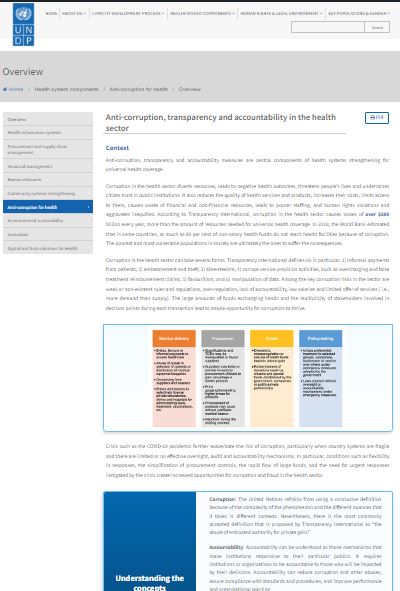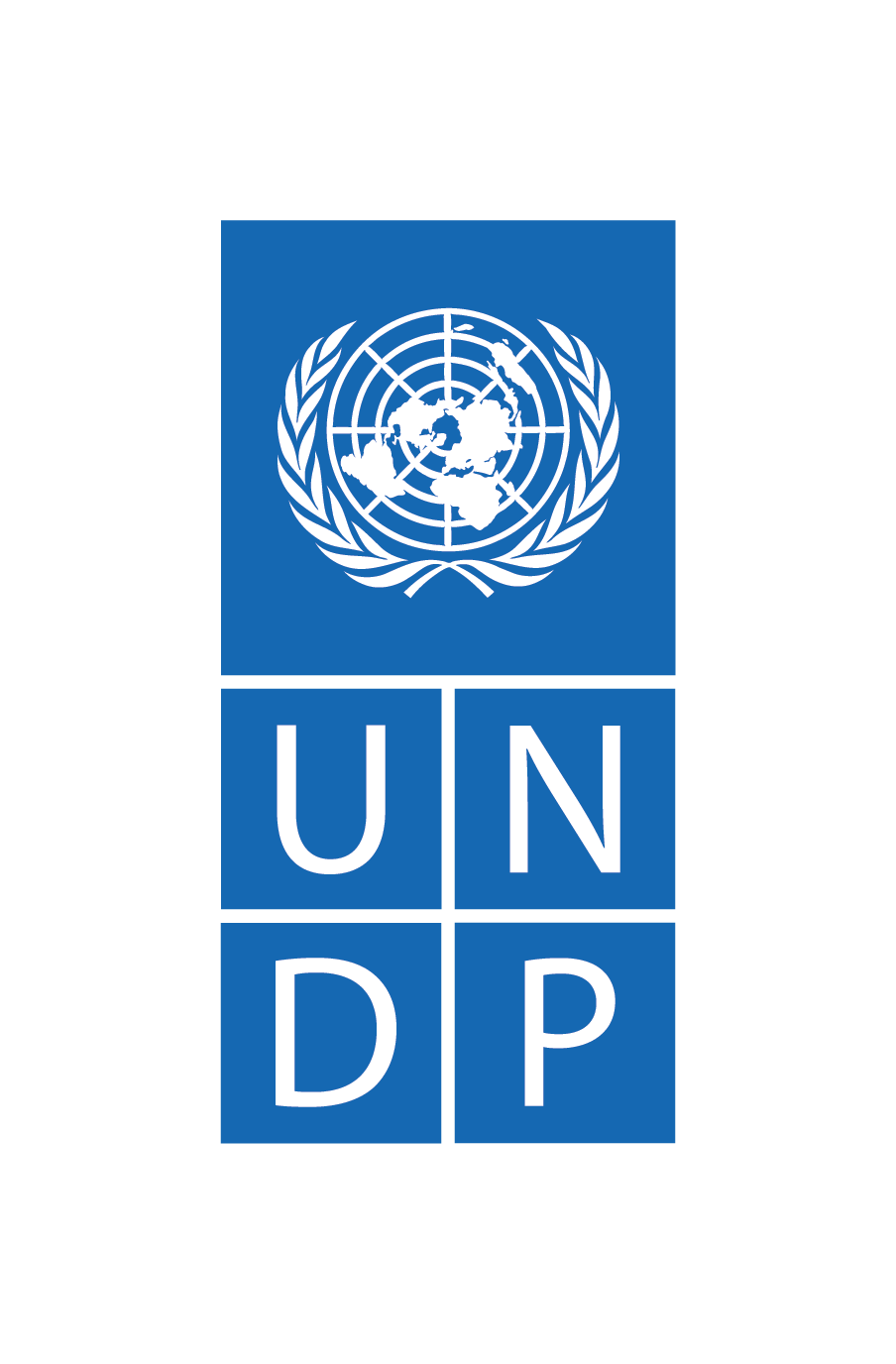Monitoring and routine controls
Purpose
Monitoring and routine controls reduce the risk of losses through fraud and suboptimal decision-making. The controls also create an environment which discourages corruption and enables instances of fraud and the to be detected.
Routine controls are the detailed internal controls that are embedded within the operations of the organization. They consist of prevention and detection/monitoring controls. Prevention controls restrict an unintended activity from occurring. Detection controls aim to identify activities that have occurred but were not planned.
Controls can also be considered as organizational, physical and personnel based. Organization controls set the structure of the entity and ensure the adequate segregation of duties to minimize fraud and collusion. Physical controls ensure the safeguarding of assets, the authorization and approval of transactions and the presence of accounting controls. Personnel controls include ensuring the recruitment of suitably qualified personal, adequate supervision and management oversight.
UNDP’s approach
UNDP has assisted health programmes, including those funded by the Global Fund to Fight AIDS, Tuberculosis and Malaria (Global Fund), to improve monitoring and routine controls. This includes by:
- sensitizing health personnel on the importance of monitoring and routine controls to reduce the risk of losses through fraud and bad decision-making
- developing specific tools, methodologies and good practices in response to high corruption risks within the health sector (refer to the section on anti-corruption for health to learn more about UNDP’s approach to corruption prevention).
- working with ministries of health to improve existing national systems and procedures with robust systems of monitoring and routine controls within health programmes
- where weak controls are identified, working with national partners to develop an action plan and propose interim alternative arrangements, alongside the implementation of measures to support the long-term goal of strengthening overall financial controls
- providing technical support to civil society organizations and governments to 1) design and implement cost-effective monitoring and controls systems ensuring compliance with national legislation as well as international best practice; and 2) develop manuals, guidelines and standard operating procedures to establish routine internal controls for inducting new staff and training existing staff members using a capacity-assessment tool to help identify areas for strengthening monitoring and internal controls within health systems
- identifying capacity-development milestones and indicators, including training needs, to measure improvements in the internal control environment facilitating training sessions and workshops for finance and non-finance staff working within health programmes, including on donor requirements, systems and routine controls.
Guidance
Typical controls for financial management should include:
Controls over cash and bank
- dedicated bank accounts (or sub-activities) where appropriate
- physical controls over petty cash, including restricting the amount of petty cash held
- at least two signatories required for payments
- preparation of monthly bank reconciliations
- review of bank reconciliations
- regular petty cash counts
Controls over fixed assets
- system for identifying fixed asset needs
- systems to ensure physical security of assets
- procedures to monitor use of assets, particular vehicles and computers and highly sensitive diagnostic equipment
- insurance of assets in case of theft or damage
- maintenance of fixed assets register
- procedures for asset acquisition, transfer and disposal
- periodic asset verification and reconciliation to fixed assets register
Segregation of duties
- Segregation of duties should ensure that no single individual has sole responsibility for any single transaction from authorisation to completion and review.
- While acknowledging that this may be challenging in small or rural settings, segregation of duties is an important tool for the deterrence and the detection of misuse of funds or assets.
Suggested capacity-development indicators
Suggested indicators to monitor improvements in monitoring and routine controls include:
- Policies and procedures manuals are approved and available.
- The policies and procedures are reviewed and updated every three to five years.
- A certain percentage of staff confirm that they are aware of the whistle-blowing policy
- The financial systems and procedures are reviewed by the external audits and assessed as good or satisfactory
- A certain percentage of finance staff have been trained in standard operating procedures.
- All bank accounts (including inactive accounts) are reconciled regularly and monthly bank reconciliations are available with evidence of review
- A surprise petty cash count reveals no errors
- Regular monitoring visits/spot checks are conducted
- A certain percentage of fixed assets are insured
- An inventory of fixed assets is available, and a physical verification has been undertaken in the last 12 months
- New staff members are inducted within two weeks of arrival
Key resources

Anti-corruption, transparency and accountability in the health sector
United Nations Development Programme
For additional resources on anti-corruption, transparency, and accountability in the health sector, visit the Anti-corruption for health page of the UNDP Health Implementation Guidance Manual.

UNDP Fighting Corruption in the Health Sector: Methods, Tools and Good Practices
United Nations Development Programme
This study presents tools and good practices to map corruption risks, develop strategies and sustain partnerships to address challenges and tackle corruption in the health sector.
PDF

Self-assessment of Internal Control Health Sector – A Toolkit for Health Sector Managers
USAID, Health Finance & Governance
The purpose of this toolkit is to provide guidance and checklists to facilitate the self-assessment of internal control systems and practices in the health sector.
PDF
